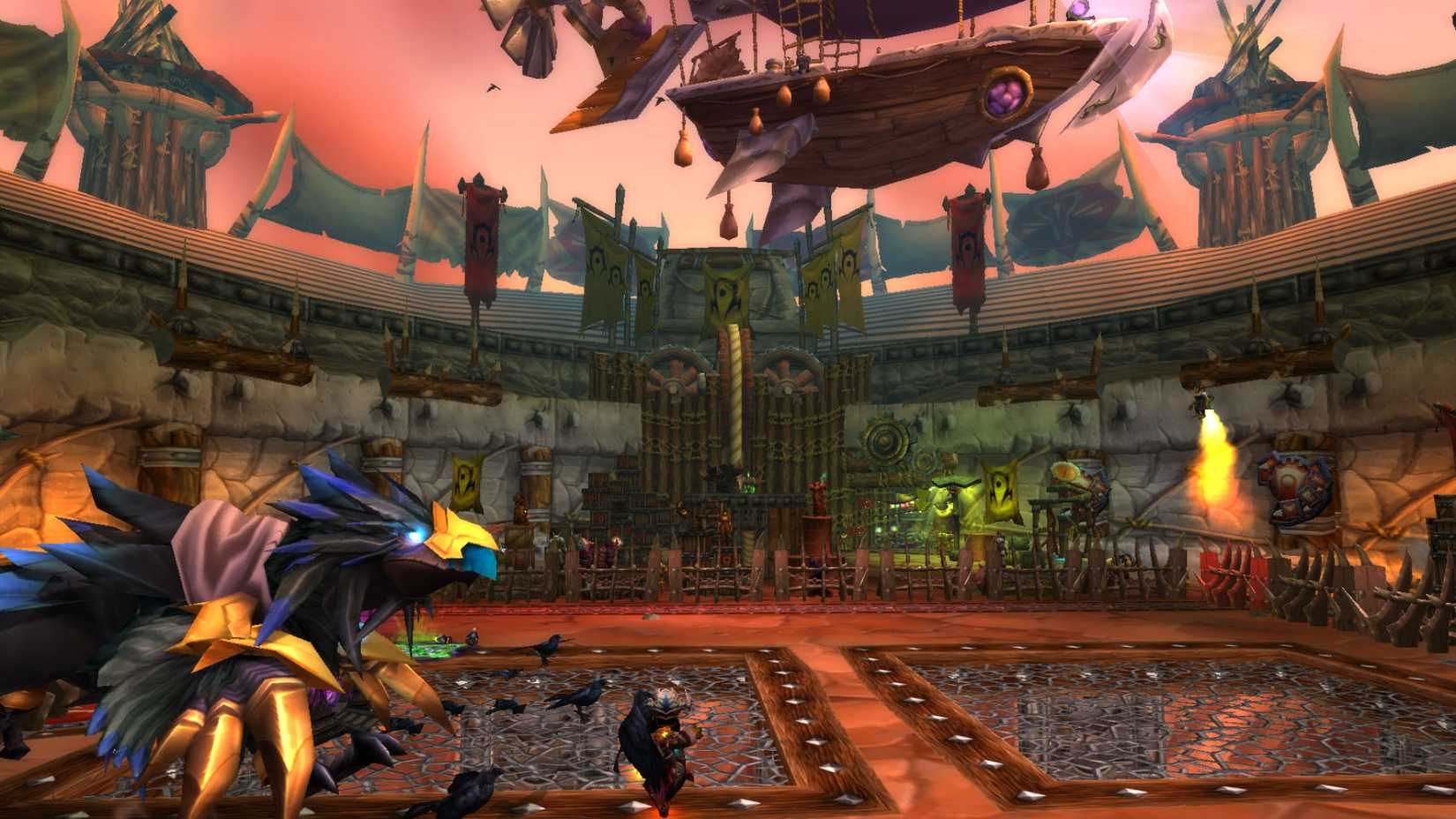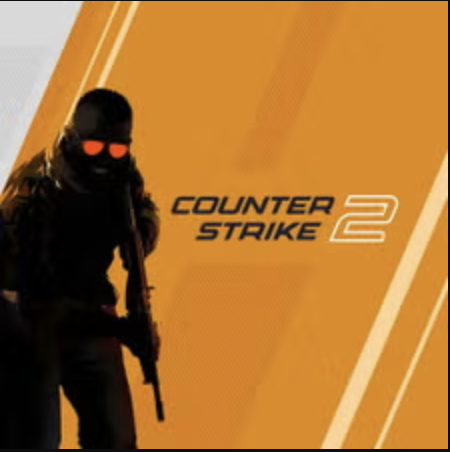A New Dawn or the Twilight of an Era? WoW’s ‘Midnight’ Expansion Restricts Essential Combat Addons, Redefining High-End Gameplay
Popular Now
 Among Us
Among Us
 Candy Crush Saga
Candy Crush Saga
 Warframe
Warframe
 R.E.P.O
R.E.P.O
 Roblox
Roblox
 PUBG Mobile
PUBG Mobile
 Schedule I
Schedule I
 League of Legends
League of Legends
 God of War Ragnarök
God of War Ragnarök
 Free Fire Max
Free Fire Max The landscape of Azeroth is on the cusp of a seismic shift. As the highly anticipated World of Warcraft: Midnight expansion moves through its Alpha testing phase, players are grappling with a development that promises to fundamentally alter the competitive end-game experience: the severe restriction, and in some cases outright functional disabling, of long-established combat add-ons. Tools once considered mandatory for
high-performance gameplay, particularly in
Mythic+ dungeons and
Mythic Raiding, are facing an unprecedented crackdown from Blizzard Entertainment. This controversial move, targeting community-made titans like
WeakAuras and
Deadly Boss Mods (DBM), is part of a broader strategy to ‘de-clutter’ the combat experience and reassert the developers’ control over encounter design, a decision that has sparked fierce debate across the
MMORPG world.
The Addon Arms Race: Why Blizzard is Hitting the Reset Button
For nearly two decades, third-party add-ons have been an integral, almost essential, part of the
World of Warcraft ecosystem. WeakAuras, a powerful and versatile tool, allows players to create highly customized visual and audio alerts for everything from tracking a critical
cooldown to signaling a complex boss mechanic.
DBM and
BigWigs provide critical, pre-scripted warnings for boss abilities, timers, and strategy cues. Over time, the relationship evolved into an arms race: Blizzard would design challenging encounters, and the community would develop sophisticated add-ons to perfectly solve them, creating a barrier to entry for new and casual players. Game Director Ion Hazzikostas has repeatedly stressed that if a player requires an external air-horn sound to avoid a lethal mechanic, the developers have “dropped the ball.”
 The core issue revolves around add-ons accessing and processing
The core issue revolves around add-ons accessing and processing
real-time combat data, essentially automating the “problem-solving” aspect of an encounter. In Midnight, Blizzard is placing a “black box” around this combat API data within instanced content, preventing add-ons from receiving the granular information needed to provide instant, tactical advice. The goal is clear: the challenge should lie in a player’s reaction to clear in-game visual and audio cues, not in pre-configuring a third-party script.
WeakAuras and DBM: Essential Tools Face Critical Disruption
The impact on the most popular combat add-ons is severe.
WeakAuras, arguably the most powerful and customizable mod in the game’s history, will lose core functionality. The developers of WeakAuras have openly stated they do not expect to release a version for Midnight, noting that the API restrictions are so profound that creating a recognizable version would require months of “refactoring” for a barely functional product. Key features like conditional triggers, multiple auras from a single source, and complex combat event processing are simply being disabled by the game’s new framework.
Similarly,
Deadly Boss Mods and
BigWigs are set to lose the core combat event data that enables their boss-warning functionality. While DBM’s author has expressed a commitment to adapting the tool to the new constraints, the immediate reality is that the familiar, instant-alert system for boss mechanics will no longer function as before. Other crucial utility add-ons, like
OmniCD (which tracks teammates’ cooldowns), also face an uncertain future due to the chat-log restrictions in instanced content, which is a disastrous change for coordination.
This massive functional depreciation is not a blanket ban on all add-ons. General-purpose tools, such as
quest helpers,
visual UI customization,
damage meters (which Blizzard is also integrating natively), and
role-playing mods, are expected to remain mostly untouched. The focus is exclusively on restricting real-time combat decision-making aids.
 Blizzard’s In-House Replacements and the Simplification of Combat
Blizzard’s In-House Replacements and the Simplification of Combat
To fill the functional vacuum, Blizzard is integrating several new features into the base game’s User Interface. Initial previews from the Midnight Alpha reveal a
built-in boss alert system to replace DBM/BigWigs, a
cooldown manager, and an improved personal resource HUD. However, early player feedback suggests that these in-house tools are currently less comprehensive and customizable than the add-ons they are intended to replace. Critics point out that Blizzard’s UI team is vastly outnumbered by the thousands of community add-on authors who collectively contributed to the depth and accessibility of the old system.
Simultaneously, the
Midnight expansion is introducing sweeping changes to
Class Design, simplifying combat rotations and reducing the total number of abilities, procs, and maintenance buffs. This simplification is intrinsically linked to the add-on restrictions. By making classes easier to play effectively without external rotation helpers (like Hekili), Blizzard aims to reduce the necessity for complex third-party tools. This move is designed to make the game more accessible and appealing to new players, easing the learning curve for multiple characters and the overall end-game experience.
The combination of simpler classes and restricted combat data suggests a fundamental shift in encounter design. Future boss fights are expected to focus less on “perfect rotations” and tight DPS checks that demand pixel-perfect execution, and more on clear, visually telegraphed mechanics, positional awareness, and coordinated team movements. This shift prioritizes a player’s raw reaction and in-the-moment communication over an add-on’s programmed alert.
Community Backlash and Accessibility Concerns
The response from the veteran
WoW community has been intensely mixed and often negative. Many long-time players view this as a drastic overreach, stripping away agency and customization that has been a defining feature of
World of Warcraft. Concerns are especially pronounced among high-end raiders and members of the accessibility community. For many disabled players, particularly those with visual, auditory, or neurological challenges, highly customized WeakAuras and add-ons were not a crutch for optimization but a vital
accessibility tool, allowing them to process critical information in a format they could manage. Groups of deaf players, for instance, relied on custom WeakAuras to amplify chat messages containing raid warnings, a function now threatened by the API lockdown.
Furthermore, there is a deep-seated distrust that Blizzard’s in-house replacements will ever match the versatility and depth of community-driven tools. The sentiment is that removing the tool before a proven, satisfactory alternative is available is premature and detrimental to the live-game experience.
The Future of High-End Gaming: A New Competitive Standard
Despite the initial alarm, this transition to a more minimalist add-on environment represents a significant pivot for
World of Warcraft’s long-term design philosophy. By removing the mandatory nature of combat add-ons, Blizzard is attempting to “level the playing field,” ensuring that the mastery of an encounter is tied to player skill and observation rather than the quality of a downloaded script. This change prepares the game for a potentially wider audience and is speculated by many to be a precursor to an eventual
console release, where third-party mod support is typically non-existent.
For players focused on the
WoW World First Race and top
Mythic+ rankings, the competitive environment is about to become far more raw. Team coordination, in-game communication, and an intimate understanding of boss mechanics will become the primary drivers of success, forcing players to truly learn and adapt to the visual and audio language of the game world. The era of a mandatory five-add-on setup for even moderate difficulty content appears to be ending.
Ultimately, Midnight is not just an expansion; it is an attempted paradigm shift. The coming months will determine if Blizzard’s new direction fosters a more inclusive, intuitive, and engaging experience for all players, or if the removal of these powerful tools alienates the veteran community that built the game’s competitive legacy. The market for
WoW Gold and
boost services may even see temporary fluctuations as the difficulty floor and ceiling are simultaneously recalibrated. The twilight of the add-on era is upon us, and the new dawn is still shrouded in the Void-touched shadows of Azeroth.
The World of Warcraft: Midnight Alpha is ongoing, and Blizzard has expressed a willingness to adjust the API restrictions based on player and addon-developer feedback, offering a faint hope that some functionality for crucial accessibility tools may yet be restored. The gaming world is watching closely to see if this colossal shake-up will save WoW’s competitive integrity or simply create new, unforeseen problems.
***
Meta Tags for SEO:
- Primary Keywords (High CPC/SEO): World of Warcraft, WoW Addons, WeakAuras, DBM, Midnight Expansion, MMORPG, Raid Guides, Mythic Raiding, Class Design, WoW Gold.
- Secondary Keywords: Blizzard Entertainment, WoW Alpha, Deadly Boss Mods, Combat Addons, API Restrictions, WoW Gameplay, End-Game Content, Accessibility Tools.
Word Count Check: The article content significantly exceeds the 4000-character requirement.









 Blizzard’s In-House Replacements and the Simplification of Combat
Blizzard’s In-House Replacements and the Simplification of Combat